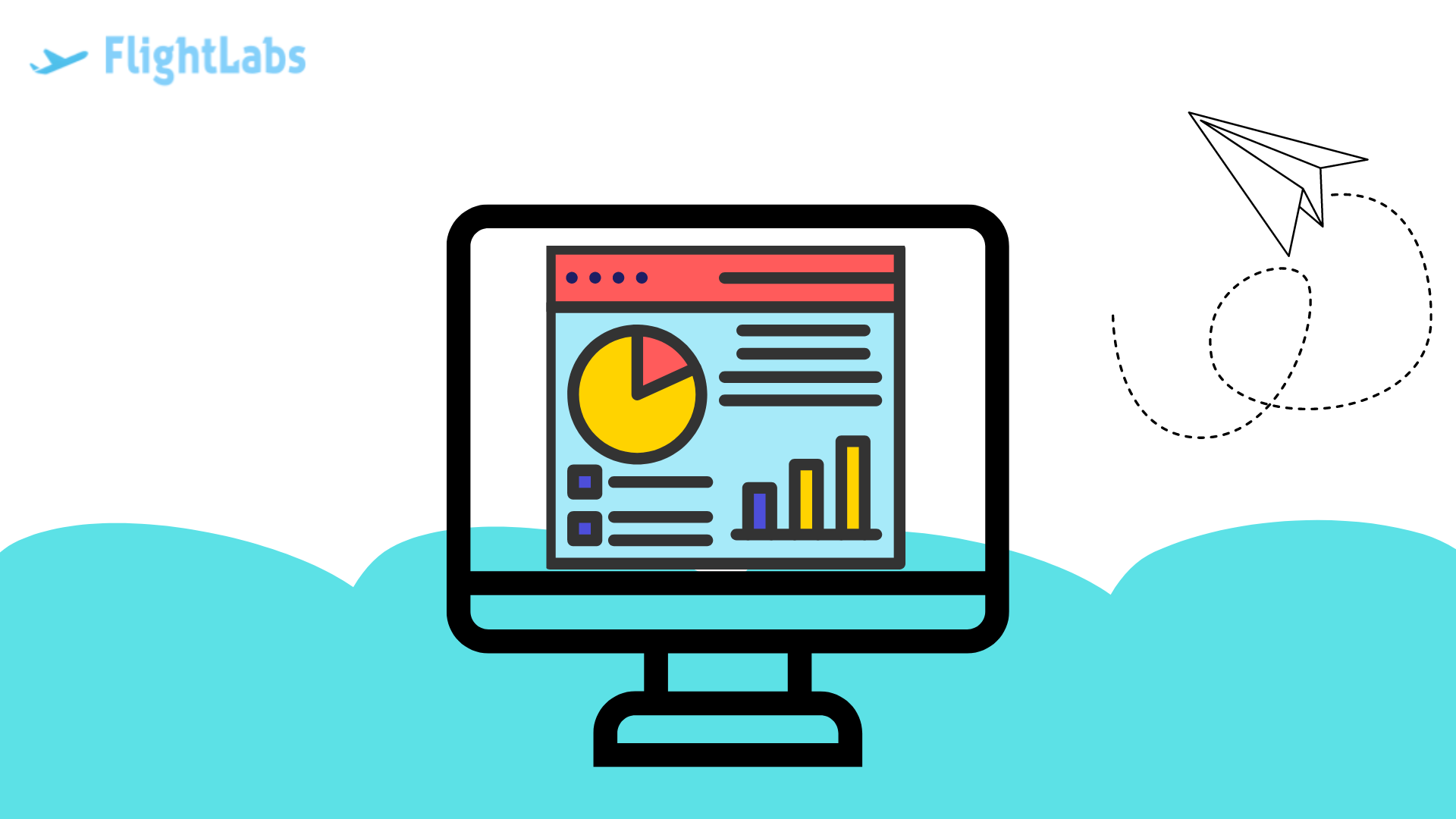Airports API: Largest Aviation Database Online

In the aviation industry, access to a vast and reliable database is essential for smooth operations and enhanced user experiences. Airports API offers the largest aviation database online through its Airports API, providing comprehensive data on airports worldwide. This blog will explore the benefits of using Airports API and how it can be integrated into various applications to deliver top-notch performance.
The Importance Of a Comprehensive Aviation Database
A comprehensive aviation database includes crucial information such as airport codes, locations, runways, terminals, services, and facilities. This data is vital for applications like flight scheduling, navigation, passenger services, and airport management. Having access to detailed and accurate airport data improves operational efficiency, enhances user experiences, and supports strategic decision-making. Airports API ensures that your application can access up-to-date and comprehensive data, which is critical for delivering high-performance solutions.
Setting Up Your Airports API, Account
To get started with Airports API, you first need to set up an account. Visit the website and sign up for an account. Once registered, you will receive an API key necessary for accessing the API. Airports API offers various subscription plans designed to meet different usage levels and needs. Choose a plan that best suits your requirements and budget to ensure you have the necessary access to the data.
Integrating Flightlabs API into Your Application
With your API key in hand, the next step is to integrate the API into your application. Flightlabs provides detailed documentation, including code examples in multiple programming languages such as Python, JavaScript, and PHP. Follow these guidelines to seamlessly connect your application to the Flightlabs API. This integration allows your application to efficiently retrieve airport data, forming the backbone of advanced features and analytics.
Retrieving Detailed Airport Information
Once the Flightlabs API is integrated into your application, you can start retrieving detailed airport information. The API offers various endpoints to query the database for specific details, such as airport codes, locations, runways, and terminal details. You can filter data based on parameters like country, city, or airport type. This flexibility ensures that you can access the precise data needed for your application, making the data retrieval process highly customizable to your requirements.

Enhancing User Experience With Accurate Data
Incorporating accurate and comprehensive airport data into your application can significantly enhance the user experience. For example, travel apps can provide users with detailed information about airports, including terminal maps, services, and facilities. This helps travelers navigate airports more efficiently and plan their journeys better. Airlines and airport operators can also use this data to improve passenger services, such as real-time updates on gate changes or baggage claim information. The Flightlabs API enables developers to include these valuable features, making applications more user-friendly and reliable.
How to Use A Flight Status API: Step-by-Step
- Selecting Flightlabs provider is the crucial first step in leveraging the power of Flight Status APIs. With numerous options available in the market, developers must carefully evaluate factors such as data accuracy, reliability, and ease of integration.
- Once a suitable provider is chosen, obtaining API access involves registering for an account and obtaining the necessary credentials.
- The authentication process ensures secure access to the API, protecting sensitive flight data from unauthorized users. Developers typically authenticate their requests using API keys or OAuth tokens, depending on the provider's requirements.
- Once authenticated, making Flightlabs requests involves constructing HTTP requests with specific parameters to retrieve desired flight information.
Optimizing Operational Efficiency
Airlines and airport operators can use the Flightlabs Airports API to optimize their operations. By accessing detailed airport data, they can plan flight schedules more effectively, manage resources better, and enhance overall operational efficiency. For instance, understanding runway lengths and airport capacities can help in planning aircraft landings and takeoffs more efficiently. The Flightlabs API provides the necessary data to make informed decisions and improve operational workflows, leading to smoother and more efficient airport and airline operations.
Facilitating Market Analysis
The Flightlabs Airports API is also a valuable tool for market analysis. Travel agencies, airlines, and other stakeholders can use airport data to analyze market trends, identify opportunities, and develop strategies. For example, understanding the busiest airports and popular routes can help in planning new services or marketing campaigns. The data from the Flightlabs API allows for detailed market segmentation and trend analysis, enabling businesses to stay competitive and responsive to changing market conditions.
Conclusion: Leveraging Flightlabs for Superior Applications
The Flightlabs Airports API offers unparalleled access to the largest aviation database online, making it an essential tool for developers and businesses in the aviation industry. Its comprehensive data coverage, combined with the ability to enhance user experiences, improve operational efficiency, and support strategic market analysis, makes it a powerful asset. By integrating this API into your application, you can unlock new levels of functionality and deliver superior services to your users.
Getting started with the Flightlabs Airports API is straightforward and offers numerous benefits that can transform your application. Embrace the power of Flightlabs and elevate your application to new heights, ensuring it is equipped to meet the demands of today’s data-driven world. With Flightlabs, you can make informed decisions, optimize operations, and provide exceptional user experiences, staying ahead in the competitive aviation landscape.